Tough cure needed for ailing forex market
From a monetary aspect, the question is how will the exchange rate mechanism help cure this pain?
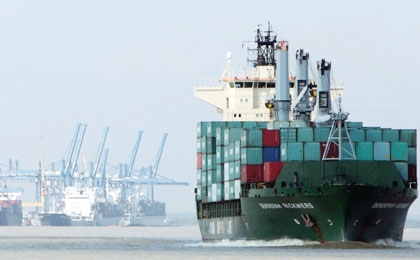 |
| Many economists see a cloudy forecast when looking into their crystal balls |
In macroeconomic theory, a local currency depreciation boosts exports and curbs imports as it makes exports cheaper and imports more expensive. The lesson from China could well prove this theory correct and this is one of the main reasons why Western economies like the United States are calling for a currency appreciation in China.
This fact puts forward a question, why does the State Bank not depreciate the Vietnamese dong in an even fashion.
Moreover, a shrinking onshore dollar supply was the rationale behind foreign institutions touting a currency depreciation as the only way to resolve the foreign currency supply-demand imbalance.
However, things are not that simple.
Vietnam’s unique conditions put it in a place where a currency depreciation might do more harm than good. We find out why.
Old story of dollarisation and currency credibility
The money supply has three components - monetary base, dong deposits and foreign currency-denominated deposits in the banking system.
 |
| Dr. Nguyen Thi Kim Thanh Director of Banking Strategy Institute |
Looking from 1990 to now, the exchange rate has fluctuated wildly and ordinary people have converted their dong denominated wealth to dollar assets. In 1997, Vietnam had no other choice than depreciating its currency to minimise negative impacts of the Asian financial crisis. This coupled with a relaxed monetary policy encouraged dollar hoarding for five years. The ratio of dollar denominated deposits to total deposits in the banking system rose from 33 per cent in 1997, to 36.6 per cent in 2000 and 41 per cent in 2001.
This ratio then gradually dropped to current levels of more than 20 per cent. With dollar-denominated deposits in the banking system making up over 20 per cent of total deposits, Vietnam’s economy is undoubtedly dollarised, according to the International Monetary Fund. Dollarisation makes monetary policies less effective due to the existence of substantial dollar amounts in the money supply.
Dollarisation is the deep root of monetary market distortions. Ordinary people prefer holding a foreign currency against a local currency. This causes a “fake shortage” of foreign currencies. If individual and corporate depositors sell their dollar holdings to the banking system instead of hoarding, it can add $10 billion to the national foreign currency reserve.
Thus, we have to look at a currency depreciation from the dollarisation effect. Currency depreciations might lead to expectations of further depreciations, which encourages dollar hoarding.
With negative side effects of dollarisation, solving this issue via a gradually decreasing portion of foreign-currency deposits is an inevitable trend. In this scenario, maintaining the value of the local currency could be a more appropriate option.
Limited impact on export push
The breakdown of export and import data in Vietnam could provide another point of view in measuring the impacts of currency depreciations against exports.
As a developing economy with an inadequate support industry, Vietnam has to import a large amount of materials and machinery for manufacturing. According to General Statistic Office data, 90 per cent of Vietnam’s import values is on machinery and manufacturing inputs.
On the other side, agricultural products, seafood and raw materials like crude oil and rubber make up the majority of Vietnam’s export value. For other export items, each $10 of export values on average costs $7 of input imports. Additionally, there are many more factors driving Vietnam’s exports such as export taxes, exporting manufacturers’ labour productivity and product quality.
In short, the Vietnamese dong’s depreciation against foreign currencies might not provide a push to exports. Moreover, it can have an unexpected side-effect of lifting the country’s foreign debt which was already equivalent to 39 per cent of the gross domestic product (GDP) by end of 2009.
“Impossible trinity” and forex headaches
Since 2007, with World Trade Organization membership, economic integration has put Vietnam under the “impossible trinity” issue. This is the trilemma in international economics suggesting it is impossible to have all three of the following at the same time, a fixed exchange rate, free capital movement and an independent monetary policy.
It is both a hypothesis based on IS/LM models that have been extended to include a balance of payments component and a finding from empirical examples where governments have tried to simultaneously pursue all three goals, but have always failed.
The formal model for this hypothesis went from theoretical curiosity to becoming a foundation of open economy macroeconomics in the 1980s, by which time capital controls had broken down in many countries and conflicts were visible between pegged exchange rates and monetary policy autonomy.
While one version of the impossible trinity is focused on the extreme case – with a perfected fixed exchange rate and a perfect open capital account, a country has absolutely no autonomous monetary policy. The real world has thrown up repeated examples where the capital controls are loosened, resulting in greater exchange rate rigidity and less monetary-policy autonomy.
In Vietnam, 2007 was a milestone for financial markets as it proved how foreign capitals have their say on Vietnam’s exchange rate management. Sizeable foreign portfolio inflows flooded the banking system and the trilemma followed.
The State Bank had to buy back dollars to clear the banking system and in turn injected a relevant amount of dong into circulation. This increased amount of dong led to mounting inflationary pressures. Via raising market interest rates to curb inflation, Vietnam became a more attractive spot for foreign portfolio inflows. This is a vicious circle.
It should be noted that from 2007 through to the first quarter of 2008, massive foreign portfolio inflows also pulled down the ratio of dollar deposits against total deposits, or in other words, reduced dollarisation levels, from 25.9 per cent in 2006 to 21 per cent in April, 2008.
Conclusion
The inflow of foreign portfolio capital is an important factor driving exchange rate management. If a scenario like 2007 returns in 2011, additional sizeable supplies of dollars could see appreciating pressures on the dong.
The State Bank currently allows institutions to trade foreign currencies with a trading band of 3 per cent either side of daily reference rates set by the authority. This is a cautious approach to the forex market appropriate to the local economy with so many variables.
However, in the longer term when the local financial market becomes more sophisticated, dollarisation and inflation are under control, the exchange rate would be an effective factor to manipulate exports and imports.
What the stars mean:
★ Poor ★ ★ Promising ★★★ Good ★★★★ Very good ★★★★★ Exceptional
 Tag:
Tag:
Related Contents
Latest News
More News
- Solutions for enhancing provision of the stock market (April 23, 2024 | 10:38)
- MB aiming for 30 million customers by end of year (April 22, 2024 | 17:43)
- MB finalises strategy for acquisition of distressed bank (April 22, 2024 | 16:33)
- Vietnam central bank postpones gold bar auction (April 22, 2024 | 15:27)
- Benefits of pension funds must be incentivised (April 22, 2024 | 15:00)
- KRX trading system to begin official operation (April 22, 2024 | 14:09)
- Voluntary pensions to rejuvenate the sector (April 22, 2024 | 14:00)
- Gold market reforms paramount to stability (April 22, 2024 | 10:18)
- Loopholes continue to play part in rising NPL ratios (April 22, 2024 | 10:13)
- Techcombank scoops two Stevie Awards (April 19, 2024 | 18:35)



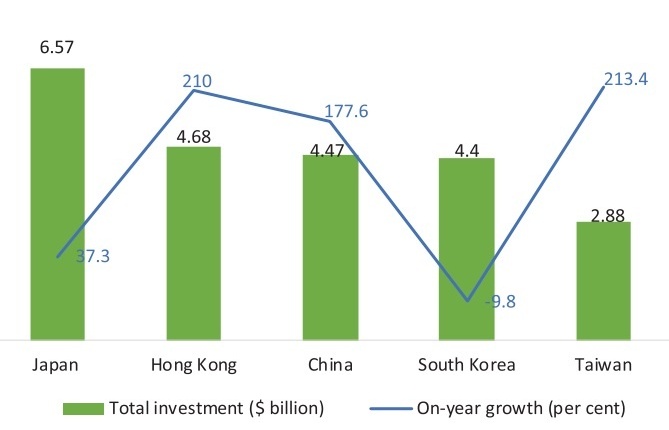
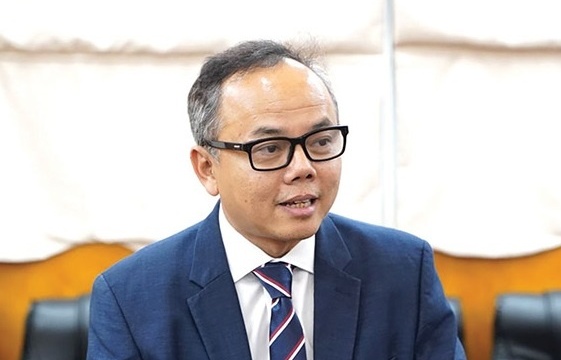

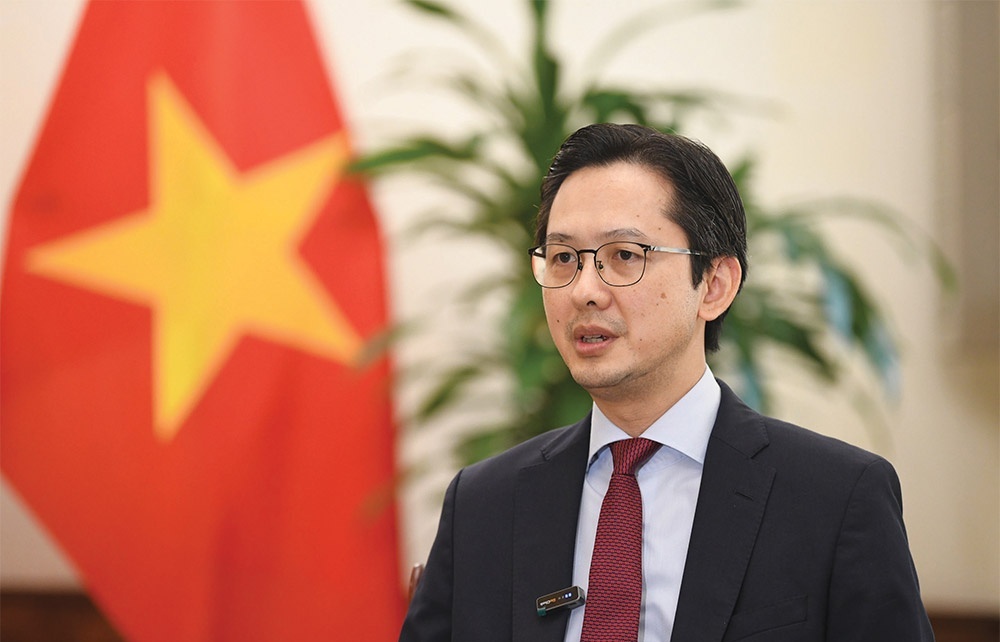

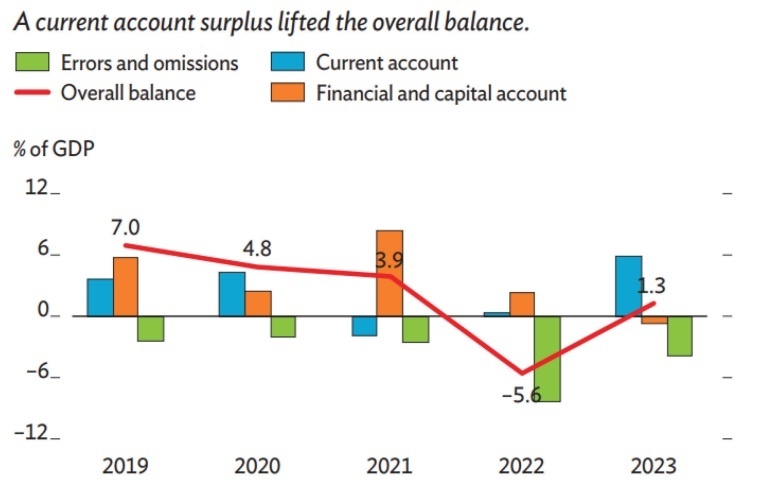
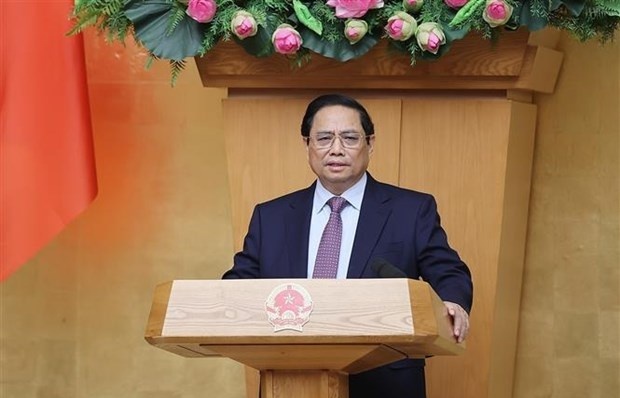
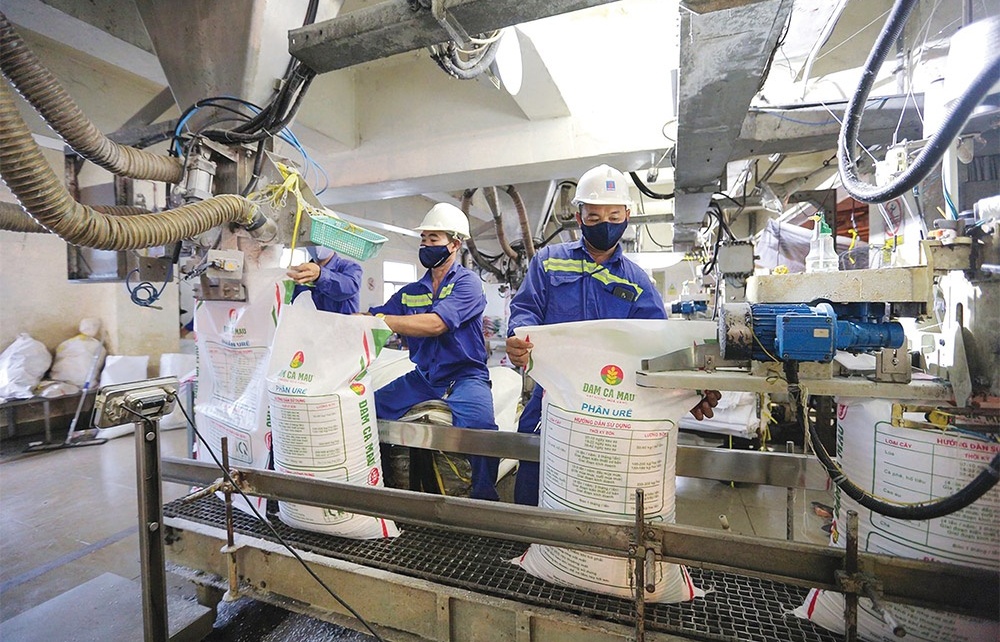


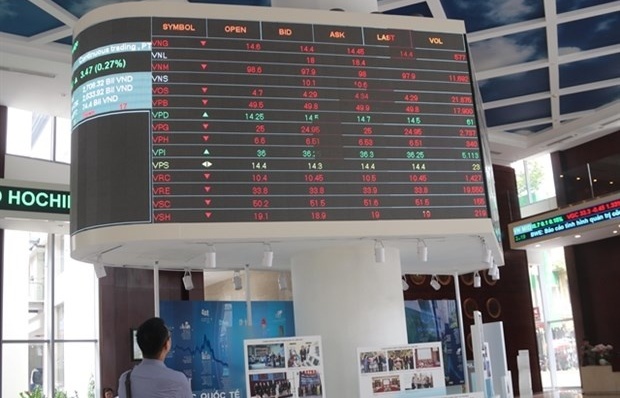









 Mobile Version
Mobile Version